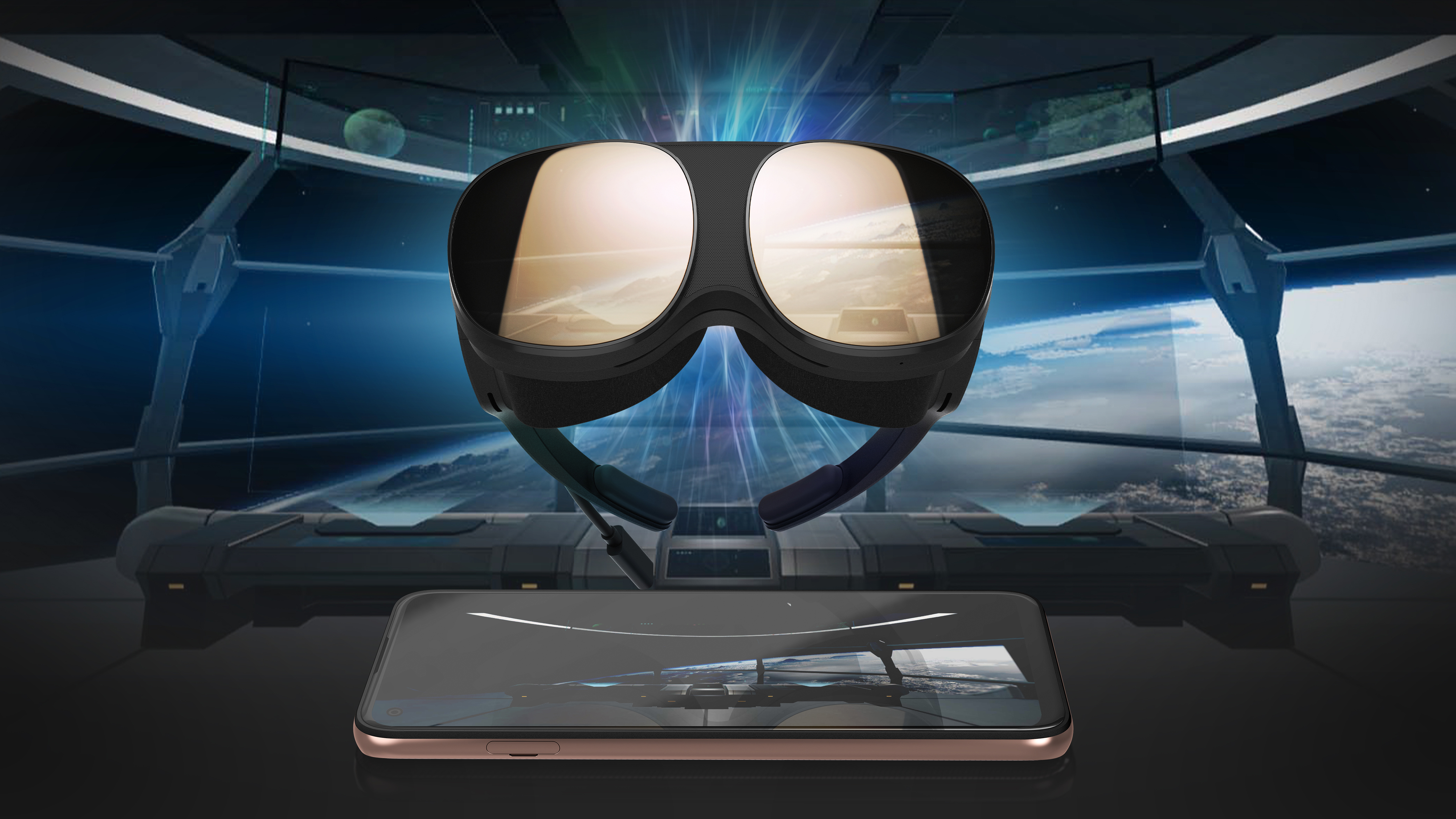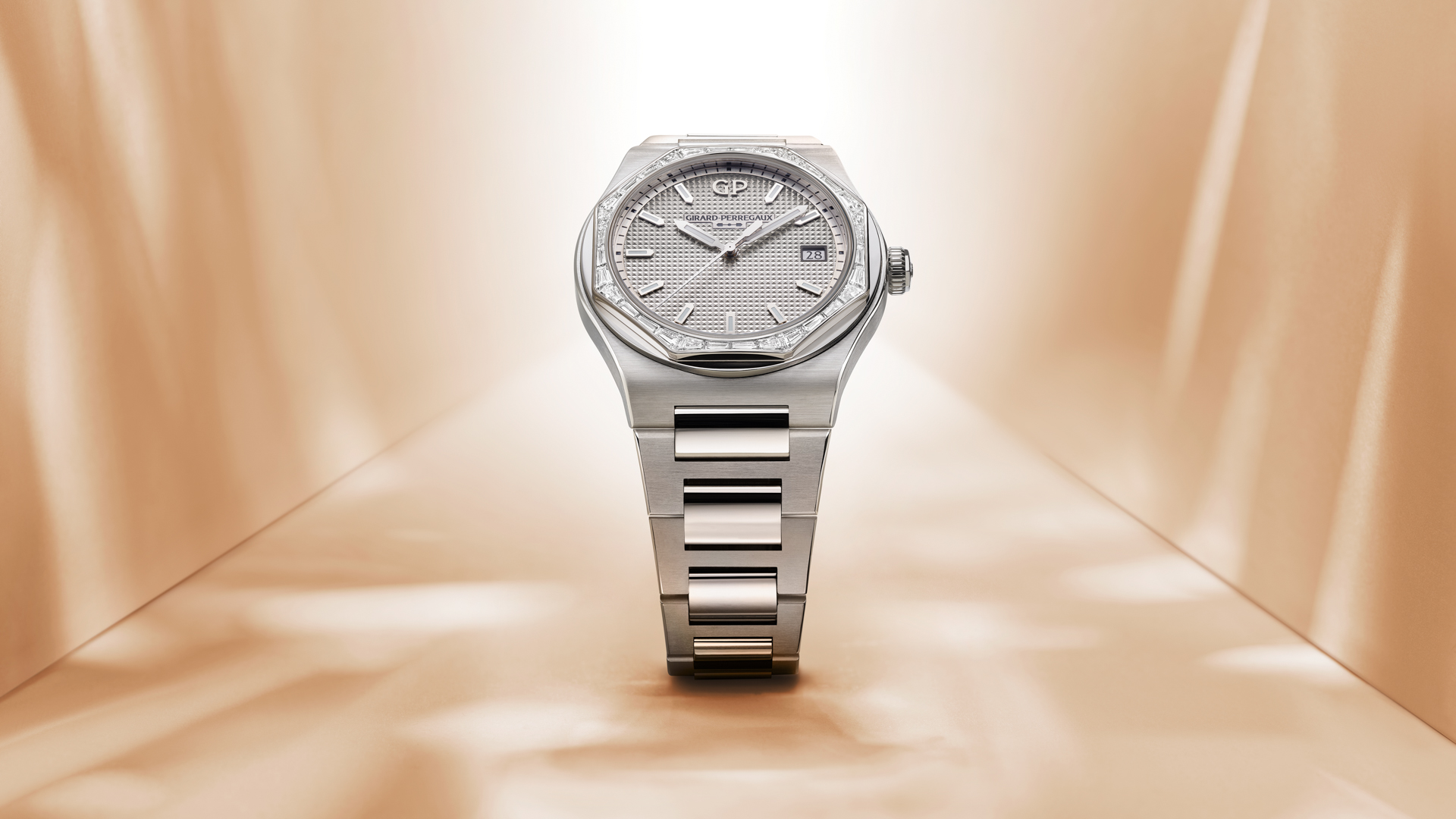
The last HTC phone I reviewed was in the middle of 2019. It was the Desire 12S and, well, its name was a bit of a fib in reality: I recall it was probably the most undesirable phone I reviewed that year. So when, at the tail-end of June this year, HTC announced a comeback of sorts, with its Desire 22 Pro, it made me wonder if, really and truly, HTC could once again have success.
Once upon a time I absolutely adored HTC. But that's because it used to make – and I think plenty of other people will agree with this – the best phones on the planet. The HTC One was a landmark device for me (back in 2013!); a phone I treasured and that just felt like the right kind of Android antithesis to the iPhone. It had a premium finish, its cameras were great, its design was (for the time) just superior.
How times change, eh? Just a handful of years on, HTC's phones lost their spark, failing to stand out, while others too over making better and often cheaper devices. Whether that's been OnePlus, Xiaomi, Huawei, Oppo, or one of many other Eastern brands, HTC's neighbours took the win and really ran with it. On the one hand it was good to see progress, on the other it was sad to see HTC stumble.
HTC Desire 22 Pro: Is it really 'pro' though?

So here we are, in 2022, with the HTC Desire 22 Pro. Its naming convention might echo a little of the Samsung Galaxy S22 Plus, but HTC's effort is anything but flagship – you only really need to look at the pictures top of page to see that, with its pronounced edging and bezel. The gold highlighting is kind of nice, though, to give it some kind of standout visual aesthetic.
But the real reason it's far from Samsung Galaxy territory, however, is that the HTC's spec is just kinda middling: its Qualcomm Snapdragon 695 isn't a match for Samsung's Exynos. But beyond that is how HTC is trying to push an angle to the Desire 22 Pro by hinging it on another product: Vive Flow.
Vive Flow is HTC's phone-compatible virtual reality headset. So I can see the appeal: pop a phone into the headset and you've got a budget way into VR that won't cost you nearly as much as Vive proper. The Desire 22 Pro also features a 120Hz screen for smooth refresh rate, while its 6.6-inch panel is the right size to be compatible and high-res enough too (at 1080 x 2414 pixels).
Cleverly HTC has included HDCP 2.2, which is the 'handshake' made between licensed content and a display device, meaning you can also use the headset to stream shows, not only game.
Sign up to the T3 newsletter for smarter living straight to your inbox
Get all the latest news, reviews, deals and buying guides on gorgeous tech, home and active products from the T3 experts
But this reliance on a separate product as a selling mechanism – there's a 15 percent discount if you buy the phone-and-headset bundle – isn't really going to speak to the full proportion of prospective buyers. VR is VR, phones are phones, and HTC's tactic to leverage the former to elevate the latter just doesn't seem like a viable tactic.
So can HTC stage a comeback? It sure can try, but this attachment to VR and the metaverse fad just isn't something that I'm buying into. I do wish HTC the best of luck, though, even just based on my fond memories of those older HTC One days.

Mike is T3's Tech Editor. He's been writing about consumer technology for 15 years and his beat covers phones – of which he's seen hundreds of handsets over the years – laptops, gaming, TV & audio, and more. There's little consumer tech he's not had a hand at trying, and with extensive commissioning and editing experience, he knows the industry inside out. As the former Reviews Editor at Pocket-lint for 10 years where he furthered his knowledge and expertise, whilst writing about literally thousands of products, he's also provided work for publications such as Wired, The Guardian, Metro, and more.

